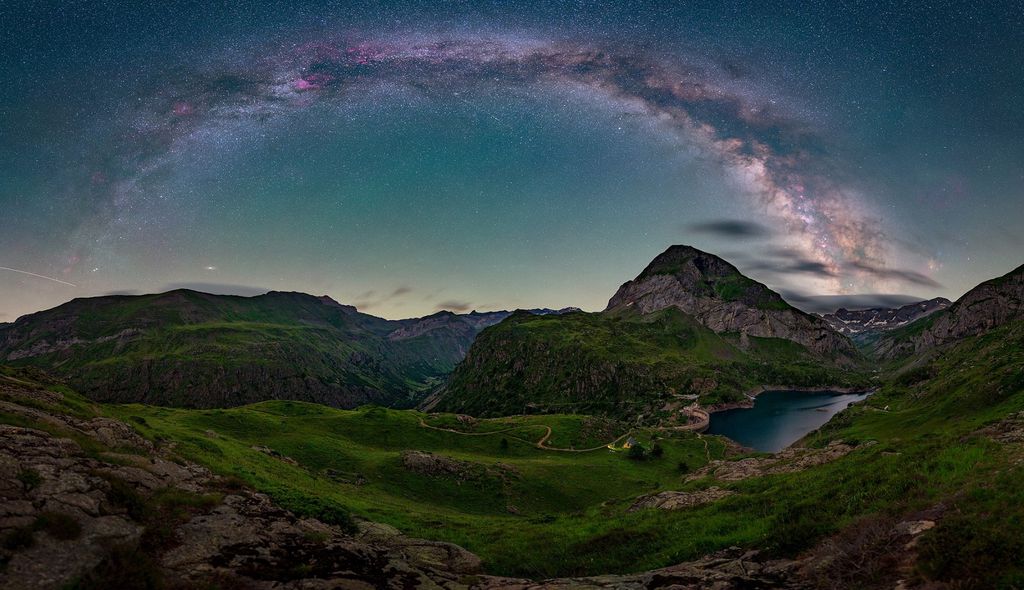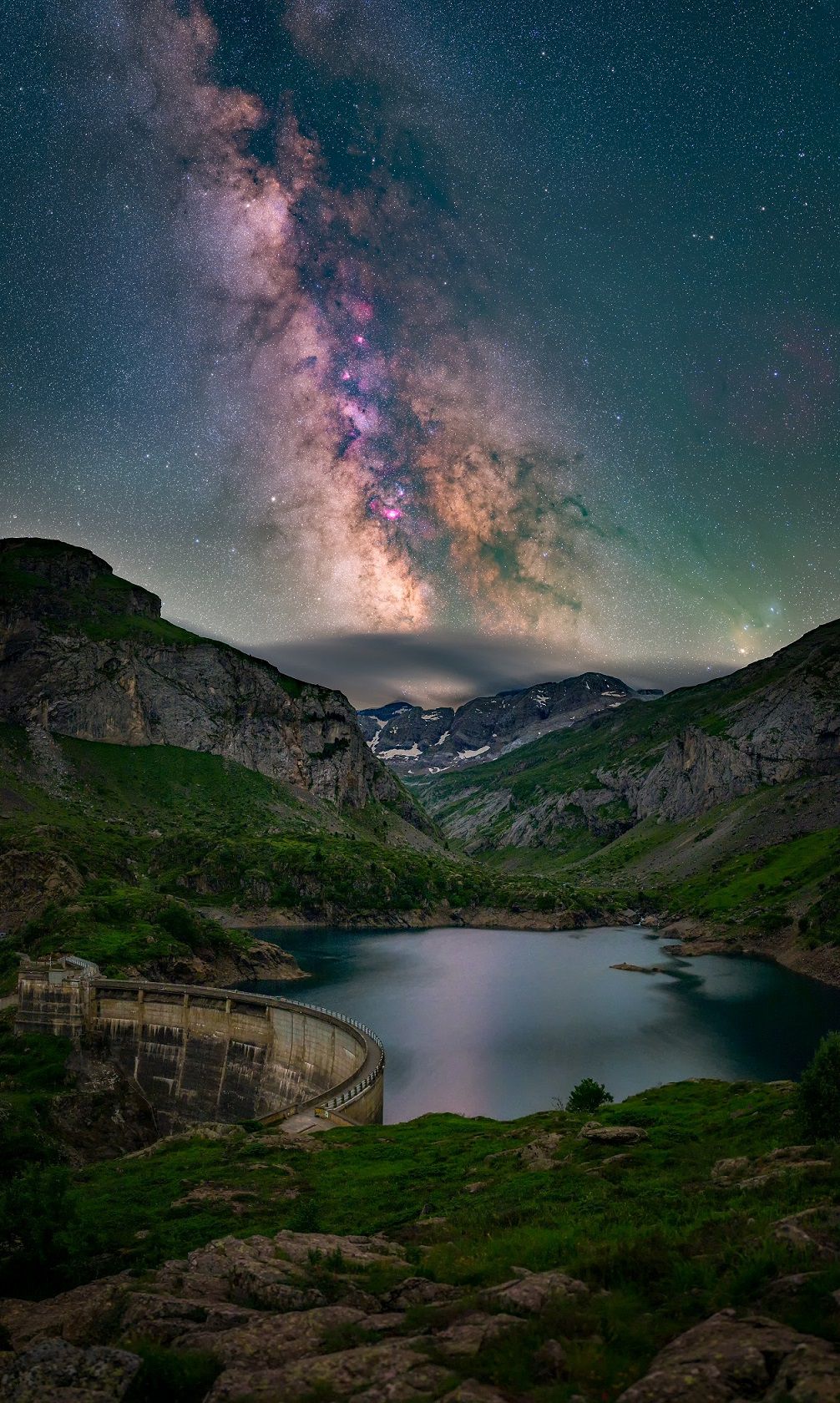Raphael Lencrerot:
I'm shooting astro landscape (not DSO). I was wondering if Siril could be beneficial
Yes, you can do the following:
- Shoot multiple exposures at the maximum shutter speed before seeing star trails. Usually it's the 500 rule: 500/focal ratio = number of seconds that you can shoot. However trial and error is best.
- Shoot some dark frames (same settings and shutter speed as the normal frames, but cover your lens with the lens cap and a blanket or something)
Then in SiriL:
- Import all dark frames and create your master dark:
https://siril.org/tutorials/tuto-manual/#darks- Start a new sequence and import the normal frames:
https://siril.org/tutorials/tuto-manual/#converting-files- Import all frames, convert them to FIT, then use the Calibration menu to calibrate them with your master dark.
- Register and Stack all the photos using SiriL and ignore the fact that the landscape will be completely black.
- Crop the image so only the sky is visible
- Go to Image Processing -> Background Extraction and use RBF to extract the background sky. This is done by clicking Generate, then making sure that none of the squares are on stars or on very light areas, then clicking on "Compute Background" and "Apply". To remove squares, use right click. To add squares, use left click.
- If needed, go to Image Processing -> Generalized Hyperbolic Stretch Transformations and stretch the histogram according to your taste.
- Alternatively, instead of GHST you can use Image Processing -> Histogram Transformation. This option is much easier to use and more in-line with traditional photo editing software, but it doesn't give you as much control as GHST.
- Save as TIFF
- In your favourite raw processor (I use CaptureOne), edit one of the photos - not the tiff, but one of the raw photos from your camera - until your are satisfied with how the foreground looks. Export this as TIFF.
- In your favourite photo editor (I use Affinity Photo), load both TIFF files as layers, align them and then combine them to your liking so that the final image will be composed of the single-shot foreground and the stacked sky.
Export this as TIFF
- Load the final TIFF into your raw processor - CaptureOne in my case - and do any final post-processing edits to the composite image.
Export, publish and have fun!
Example:
https://www.astrobin.com/u175sw/ (no darks, just light frames)
Clear skies!




